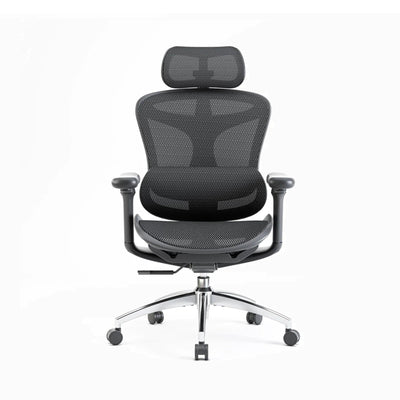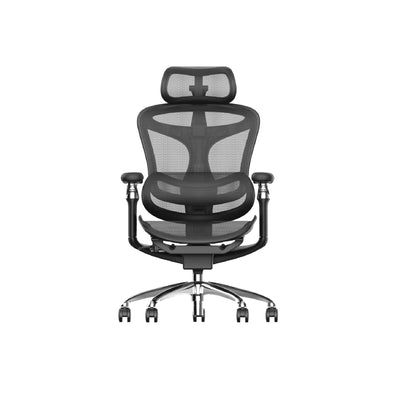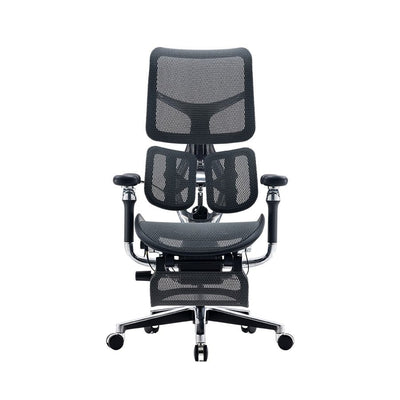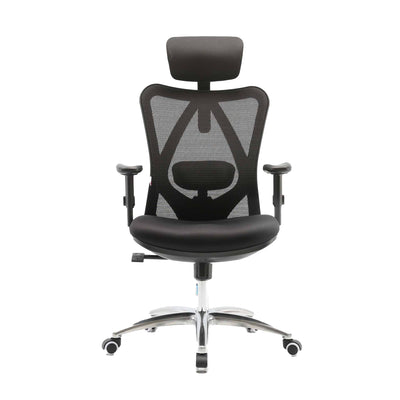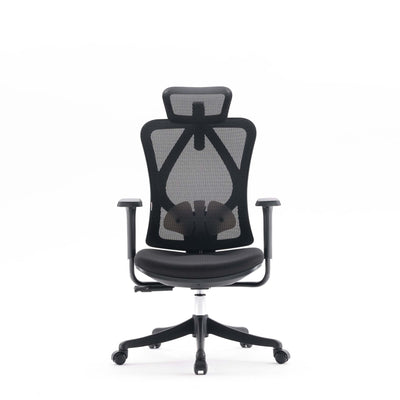
Remote work has reshaped how Australian businesses approach operational efficiency and long-term profitability. The shift towards dispersed teams is no longer viewed as temporary or experimental. Many employers now understand the advantages of working from home for employers, recognising the meaningful financial benefits linked to remote models. These benefits extend far beyond reduced rent or fewer desks to maintain. They influence culture, recruitment, resilience, and strategic growth across entire organisations.
The growing popularity of remote work highlights a simple truth. Businesses gain more agility when they separate performance from physical attendance. Remote teams deliver streamlined processes, leaner expenses, and a more balanced approach to productivity. These outcomes align closely with the modern priorities of cost-conscious employers seeking stronger margins and lasting relevance.
This article examines how remote teams help businesses lower overhead and boost profit, and why the model suits Australia’s evolving workplace landscape.
Reduced office space and facility costs
Many Australian employers once viewed large office spaces as essential symbols of stability. Today, they are increasingly seen as unnecessary financial burdens. Rent remains one of the largest operational expenses for many organisations, especially in major cities. Switching to remote teams significantly reduces these commitments.
Employers operating with dispersed teams need fewer workstations, meeting rooms, and long-term leases. They often downsize or shift to shared facilities for occasional collaboration. This transition frees substantial capital that can be reinvested in expansion or innovation. The financial impact becomes particularly clear when organisations cut cleaning services, utilities, and maintenance fees that previously consumed monthly budgets.
Remote structures also reduce ergonomic fit-out expenses. Traditional setups often require investment in office chairs like the M57 Series and supportive accessories for every workstation. Remote teams shift this responsibility, allowing businesses to avoid repeated purchases and storage costs. Companies that previously replaced office chairs every few years now redirect that funding to digital infrastructure or customer growth.
Lower equipment and supply expenses
Maintaining a physical workplace involves continuous spending on consumables and equipment. Remote teams limit these expenses by decentralising the workspace. Employers no longer stock paper, stationery, dishware, or weekly kitchen supplies. These small purchases may seem minor individually, but their cumulative cost is significant over time.
Remote employees often manage parts of their home setup independently. This reduces the frequency of large-scale office purchases, particularly when setting up new hires. Many workers already invest in their own desks, accessories, and supportive seating. Employers who provide allowances still save money compared to outfitting full corporate floors.
Some teams receive guidance on selecting supportive furniture. Brands like Sihoo remain popular among remote professionals seeking durable and comfortable seating for long workdays. Employees appreciate a reliable product, and employers welcome the cost-effective approach. The presence of Sihoo in home offices demonstrates how remote setups balance comfort with financial practicality.
Supportive habits also extend to healthier seating choices. Many remote workers purchase ergonomic chairs in Australia to prevent discomfort during long tasks. Employers no longer carry the full burden of these expenses. The shift reduces recurring furniture budgets, especially for growing teams that previously required bulk orders of ergonomic chairs for new locations.
Access to broader talent pools at better cost levels
Australian businesses often struggle to fill specialised roles due to local talent shortages. Remote teams remove geographical limits and open doors to national and global recruitment. Employers can hire based on capability rather than proximity. This freedom shortens hiring timelines and reduces recruitment pressure.
Wider talent pools also allow businesses to manage salary budgets more strategically. Companies can employ experienced professionals in locations with lower living costs. This approach maintains quality while reducing payroll expenses. It also supports diversity in skills, perspectives, and cultural experience, enriching team performance.
Remote recruitment eliminates relocation costs and shortens onboarding cycles. It allows businesses to expand faster without needing new premises or additional floors. This flexibility becomes a strategic advantage when responding to market shifts or seasonal workload changes.
Lower turnover and stronger employee loyalty
Employee turnover remains one of the most expensive challenges for Australian employers. Hiring, training, and adjusting to new team members requires considerable time and money. Remote work helps reduce turnover by supporting healthier lifestyles and better work-life balance.
Workers appreciate the independence and flexibility that remote work offers. They feel trusted and respected, which strengthens long-term motivation. Happier employees stay longer, and retention reduces recruitment costs significantly. High retention also preserves valuable institutional knowledge, which supports stable performance.
Remote roles allow employees to manage personal responsibilities without sacrificing career progression. This balance improves overall satisfaction and reduces the risk of burnout. Stronger loyalty translates to stronger profitability, especially for businesses with complex training requirements.
Higher productivity and stronger output quality
Remote work challenges the old assumption that visibility equals productivity. Many remote employees report fewer distractions and greater control over their workload. They craft personalised environments that suit their habits and energy rhythms.
Employers benefit from improved efficiency without needing constant oversight. Teams often adopt goal-driven systems that value results rather than physical presence. This approach promotes meaningful work and encourages deeper focus on important tasks.
Comfort also affects productivity. Employees who work from home often choose seating that supports their posture. Many rely on ergonomic office chairs to prevent discomfort during long hours. Comfortable seating reduces fatigue and encourages steadier performance across the day. Employers benefit from sharper concentration and fewer physical complaints. These factors demonstrate why ergonomic chairs influence long-term output quality, even outside traditional offices.
Reduced absenteeism and lower stress levels
Commuting stresses many Australians, particularly those travelling long distances or navigating busy metropolitan areas. Removing daily commutes reduces fatigue and boosts mental clarity. Employees begin their days feeling more prepared and present.
Remote work also decreases absenteeism. Workers can handle minor health concerns without taking full days off. Flexibility helps employees attend appointments or manage family responsibilities without disrupting entire schedules. These improvements support continuity and ensure tasks progress smoothly.
Reduced stress leads to more sustainable performance. Teams remain balanced and engaged, lifting productivity across the entire organisation. This stability forms part of the core advantages of working from home for employers, especially in competitive industries. It is clear that the flexibility and calmer environment directly contribute to the measurable advantages of working from home for employers.
Technology that streamlines collaboration and costs
Remote work encourages adoption of modern tools that streamline communication and reduce outdated practices. Cloud storage eliminates the need for physical servers or file rooms. Project management platforms shorten unnecessary meetings and improve task visibility.
Digital systems also enable automated workflows, reducing manual tasks and administrative burdens. Employers save money on printing, mailing, and storing documents. Efficiency increases naturally as teams adapt to systems that simplify daily operations.
The long-term outcome is a modern, cost-efficient infrastructure that grows with the business.
Environmental benefits that strengthen brand reputation
Remote structures reduce carbon emissions, minimise office waste, and lower energy consumption. Businesses benefit from lower environmental impact and stronger public perception. Many customers prefer supporting organisations that prioritise sustainable practices.
These environmental gains also reduce ongoing operational costs. Less energy consumption and reduced physical waste translate into measurable savings. Employers often find that environmental responsibility aligns neatly with financial strategy.
Remote teams give Australian employers a powerful opportunity to reimagine traditional business costs. By reducing office space, cutting equipment spending, and improving retention, employers experience measurable financial gains. Supportive seating, modern tools, flexible schedules, and cross-regional recruitment all contribute to stronger productivity and improved profit margins.




